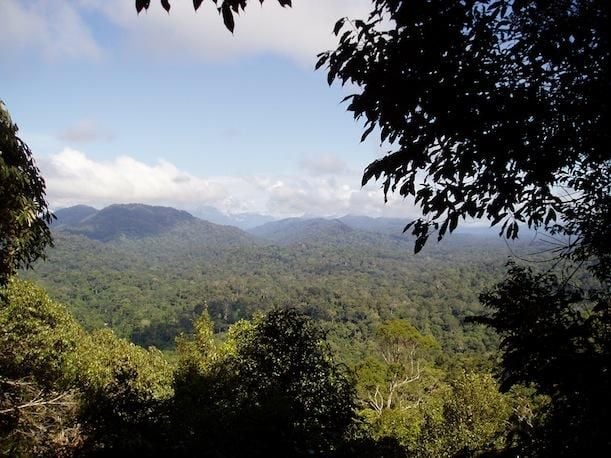A New Study Calculates the Year Climate Change Will Hit Your City
Persistently abnormal weather will arrive at different areas at different times, hitting the tropics soonest
/https://tf-cmsv2-smithsonianmag-media.s3.amazonaws.com/filer/Surprising-Science-climate-map.jpg)
Climate change is a global problem, but that doesn’t mean it’s going to hit us all the same time.
If you live in Moscow, scientists estimate that your local climate will depart from the historical norm in the year 2063. In New York, that date is the year 2047. And if you happen to reside in Mexico City or Jakarta, those numbers are 2031 and 2029, respectively.
See a pattern here? These estimates, which all come from a new study published today in Nature by scientists from the University of Hawaii, reflect a concerning trend that some scientists believe will define the arrival of climate change’s effects on the planet: It’ll arrive in tropical, biodiverse areas first.
Most climate models simulate how changes in greenhouse gas concentration will affect the worldwide climate in a given year (most often 2020, 2050 or 2100). But the Hawaii team, led by biologist and geographer Camilo Mora, took an alternate approach—they assumed, in the absence of a global mitigation agreement, greenhouse gas levels will keep rising at a steady rate, and used climate models to track how long it would take for weather events that are currently thought of as extreme to become typical.
When they calculated which year this would occur for a range of cities—defining a deviation from the historical record as the first year when a given month’s coldest day is hotter than any day of that month between 1860 and 2005—our dates of climate departure came far sooner than they were expecting.
“The results shocked us. Regardless of the scenario, changes will be coming soon,” Mora said in a press statement. “Within my generation, whatever climate we were used to will be a thing of the past.”

For all locations on Earth, the average year of departure is 2047, but for some places concentrated in the tropics, that date will come much sooner, in the 2030′s, or in some extreme cases, the 2020′s. In just a few decades, in other words, the coldest day you experience in January will be hotter than the warmest days your parents had in January—and the hottest day you get in July (in the Northern hemisphere) will simply be hotter than any day anyone has ever felt in your city to date.
The fact that these effects would be felt soonest in the tropics, according to the simulation, is also surprising. Thus far, most models have predicted that the most abrupt shifts in temperature will occur at the poles.
The new study actually agrees with that fact, but views it from a different perspective, looking at relative changes compared to the historical record rather than absolute changes in temperature. Because the tropics have less variability in temperature to start with, it takes less of a shift to push temperatures there beyond the norm. On the other hand, temperatures will indeed surge most in the Arctic and Antarctic, but there’s already more natural climate variability at those locales to begin with.
This is a huge concern, because wildlife biodiversity is consistently highest at the tropics, and most of the world’s biodiversity hotspots are located there (tropical rainforests, for instance, are estimated to cover less than 2 percent of the Earth’s surface area yet contain roughly 50 percent of its plant and animal species). If, historically, these ecosystems evolved in the presence of relatively little climatic biodiversity, it follows that they might be less capable of coping with swings in temperature and adapting to survive.
It also happens that a disproportionate amount of the people living in poverty worldwide are located in the tropics. “Our results suggest that countries first impacted by unprecedented climates are the ones with the least capacity to respond,” study author Ryan Longman said. “Ironically, these are the countries that are least responsible for climate change in the first place.”
Despite the bad news, the researchers say they embarked on this alternate sort of climate modeling to empower people. “We hope that with this map, people can see and understand the progression of climate change in time where they live, hopefully connecting people more closely to the issue and increasing awareness about the urgency to act,” said co-author Abby Frazier said.
Towards this goal, the group also put out an interactive map that lets you click on any location and see the projected increase in temperature over time, along with two different years: the one in which you can expect a consistently extreme climate if we keep emitting carbon dioxide at current rates, and the one in which you’ll experience an abnormal climate if we figure out a way to stop.
/https://tf-cmsv2-smithsonianmag-media.s3.amazonaws.com/accounts/headshot/joseph-stromberg-240.jpg)
/https://tf-cmsv2-smithsonianmag-media.s3.amazonaws.com/accounts/headshot/joseph-stromberg-240.jpg)